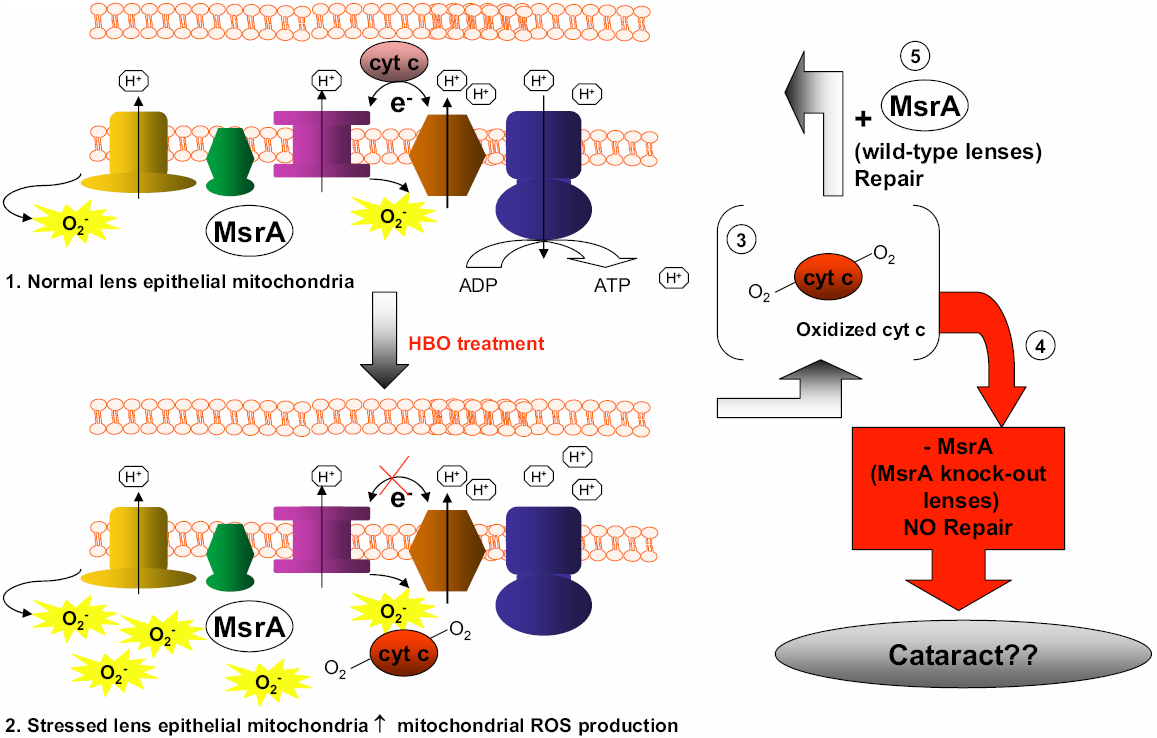Figure 8. Model of MsrA repair of cyt c to maintain lens function and potential consequences on lens function of un-repaired oxidized
cytochrome c. During normal respiration in the lens cyt c functions to transfer electrons from complex III to complex IV of
the electron transport chain (ETC) (1), superoxide is a by product of the ETC and mainly comes from complexes I and III. On
exposure to HBO treatment an increase in ROS can cause mitochondrial dysfunction, reduced or no electron transport and increased
ROS production (2). Cyt c may become oxidized on its methionine residues as a consequence of oxidative stress (3). Cyt c may
be then released by the mitochondria to initiate the internal pathway of apoptosis (4) or be repaired by MsrA (5) to restore
normal function. Lack of MsrA repair of cyt c could results in loss of a multitude of lens functions and ultimately cataract.

 Figure 8 of
Brennan, Mol Vis 2009; 15:985-999.
Figure 8 of
Brennan, Mol Vis 2009; 15:985-999.  Figure 8 of
Brennan, Mol Vis 2009; 15:985-999.
Figure 8 of
Brennan, Mol Vis 2009; 15:985-999. 